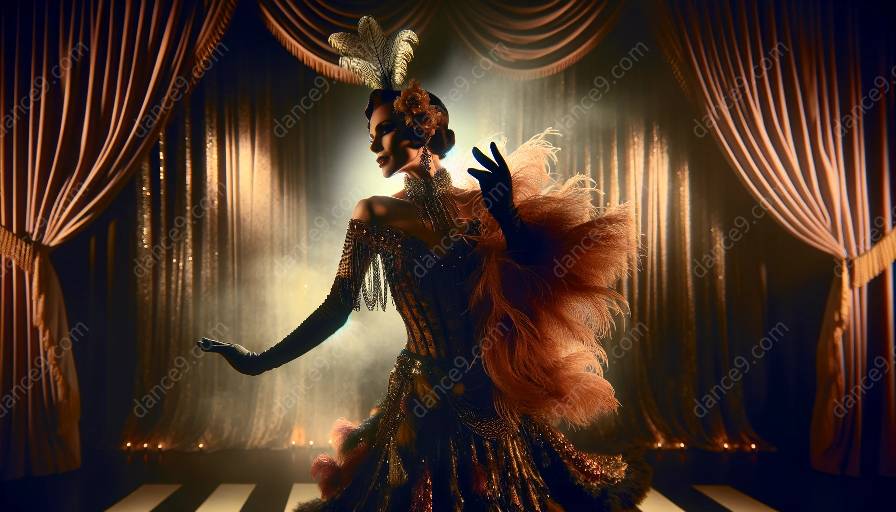Burlesque is an art form that has long been intertwined with issues of gender representation, challenging societal norms and expectations. Gender representation in burlesque has evolved over time, reflecting the shifting cultural attitudes towards gender and sexuality. Through this exploration, we'll delve into the history, cultural impact, and the connections between gender representation in burlesque and dance classes.
History of Burlesque and Gender Representation
Burlesque has a rich history dating back to the 17th century, often characterized by satire, parody, and the exaggeration of gender roles. In its early forms, burlesque performances featured men and women challenging traditional gender norms through cross-dressing, subversion of gender stereotypes, and bold expressions of sexuality.
The vaudeville era brought burlesque to mainstream audiences, with performers using satire and humor to confront societal expectations around gender and sexuality. Female burlesque dancers, often known as burlesque queens, used their performances to challenge conventional ideas of femininity, embracing their sensuality and breaking free from societal constraints.
Gender Representation in Modern Burlesque
Modern burlesque has seen a resurgence, with performers celebrating diversity and inclusivity. Gender representation has expanded to include a wide spectrum of identities, challenging the binary notions of gender and beauty standards. Performers of all genders and orientations have found a platform within burlesque to express their individuality and challenge traditional gender roles.
Contemporary burlesque performances often blur the lines between dance, theater, and social commentary, pushing boundaries and celebrating the freedom of self-expression. Dance classes have become instrumental in providing a space for individuals to explore the art of burlesque, regardless of their gender identity, and to foster a community that values self-confidence and creativity.
Burlesque and Dance Classes
Gender representation in burlesque is closely intertwined with the world of dance classes. Aspiring dancers, regardless of their gender, can find empowerment and artistic expression through burlesque-influenced dance classes. These classes offer a supportive environment where individuals can explore movement, sensuality, and performance art while challenging traditional gender norms.
Through dance classes, individuals can explore the playful and empowering aspects of burlesque, discovering a newfound confidence in their bodies and their ability to express themselves. In this inclusive space, dancers can embrace their unique identities and celebrate the diversity of gender representation within burlesque and dance.
Cultural Impact and Diversity
The cultural impact of burlesque and its representation of gender extends beyond the stage and dance studio. By challenging gender norms and celebrating diversity, burlesque has become a powerful form of cultural expression, promoting acceptance and understanding.
By embracing a variety of gender identities and expressions, burlesque reflects the rich tapestry of human experience, creating a space where individuality is celebrated and differences are embraced. This cultural impact extends to the broader community, sparking important conversations about gender representation and inclusivity.
By examining the complex and captivating world of burlesque and its dynamic gender representation, we gain insight into the evolution of societal attitudes towards gender and the power of artistic expression in creating spaces of inclusivity and empowerment.













































































